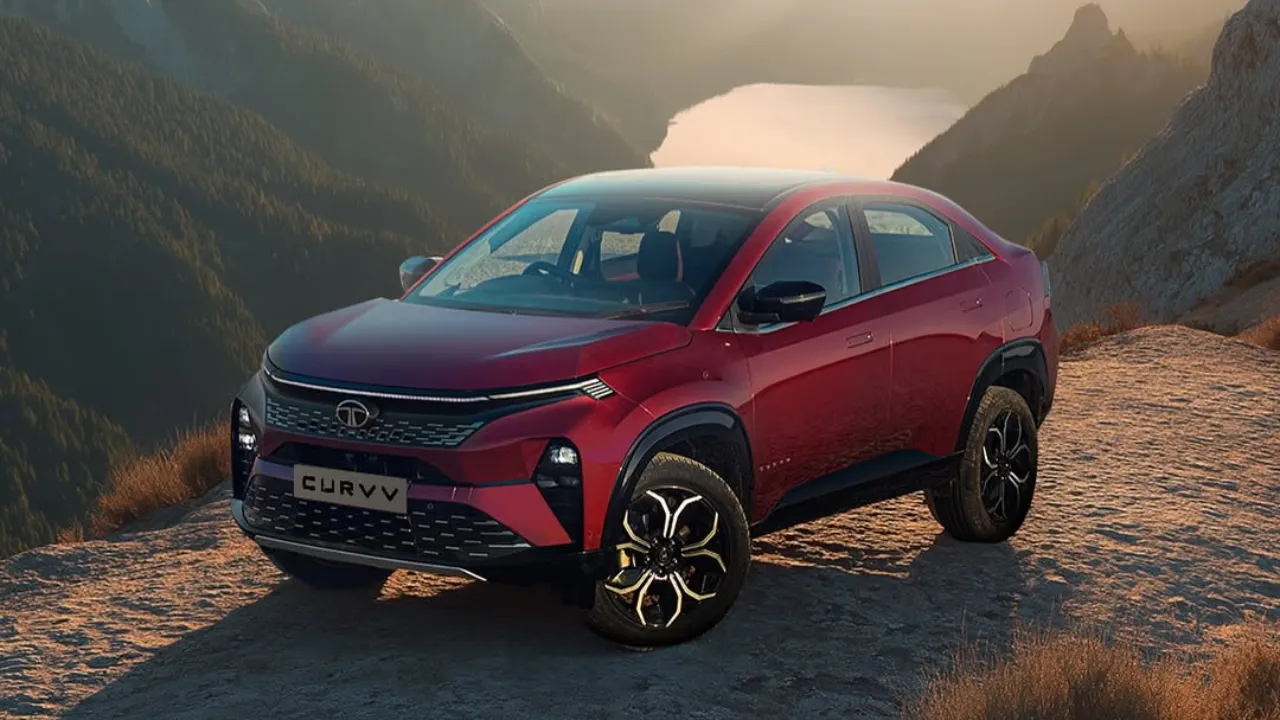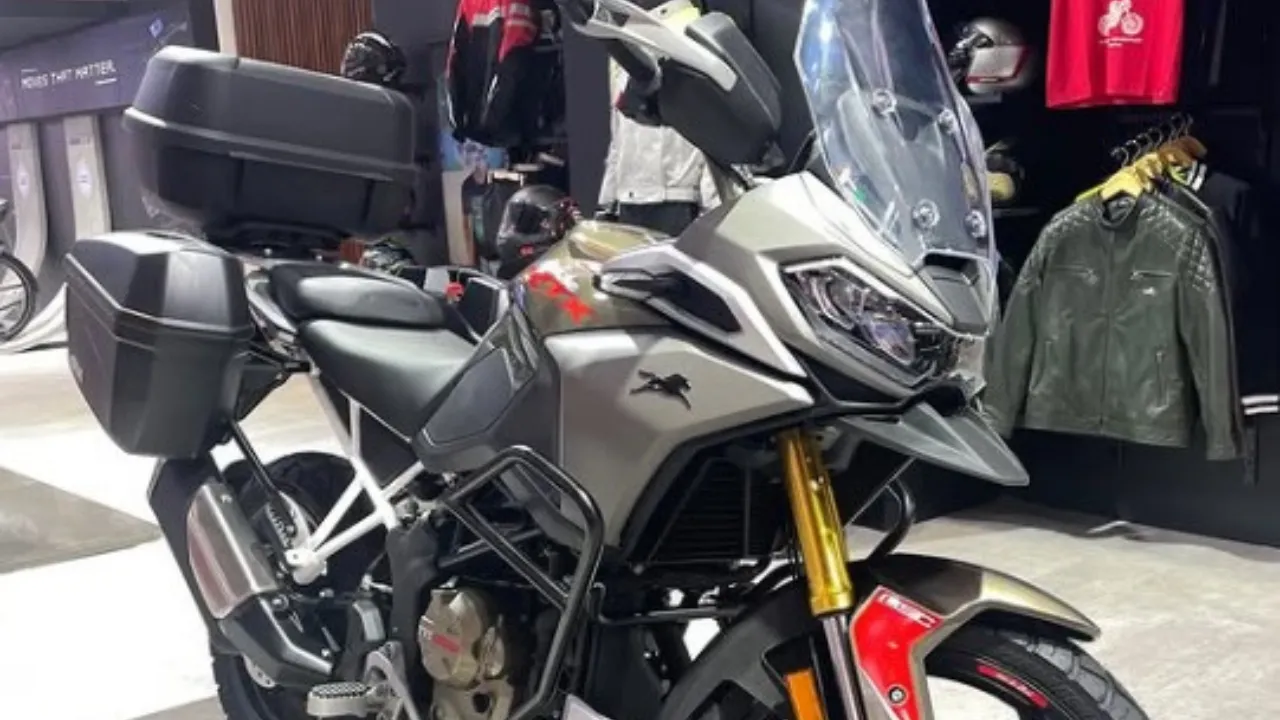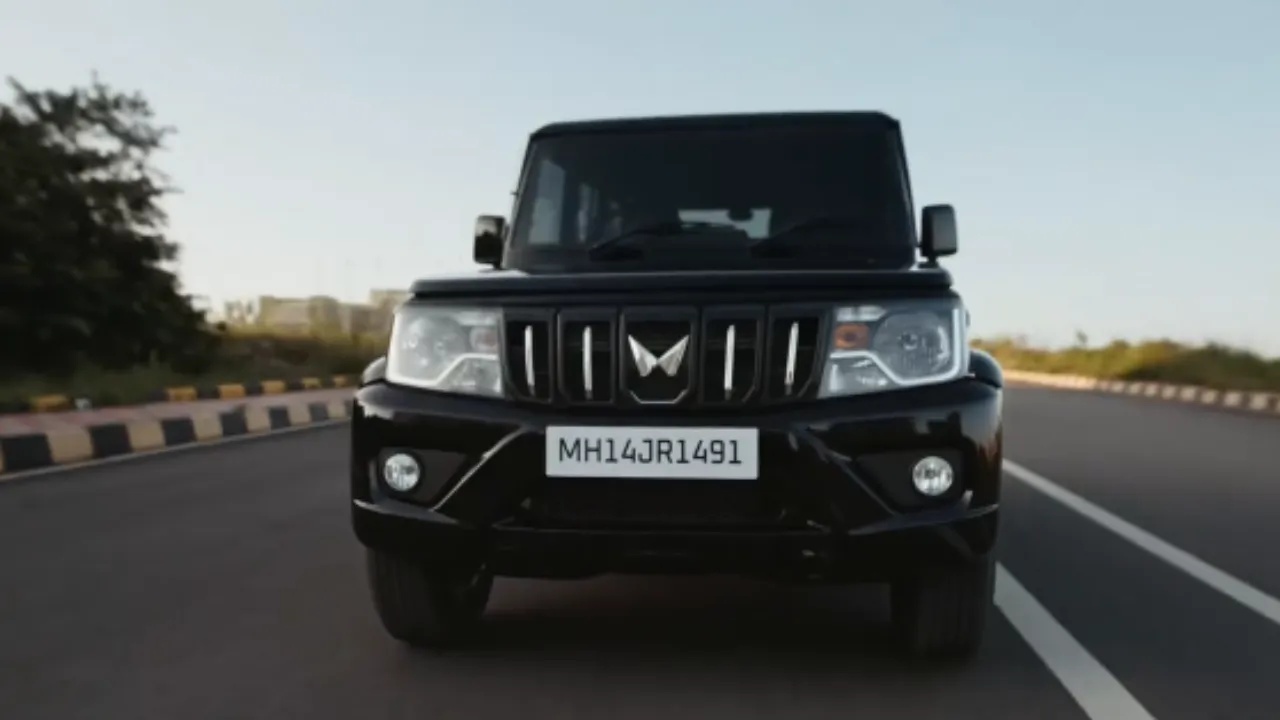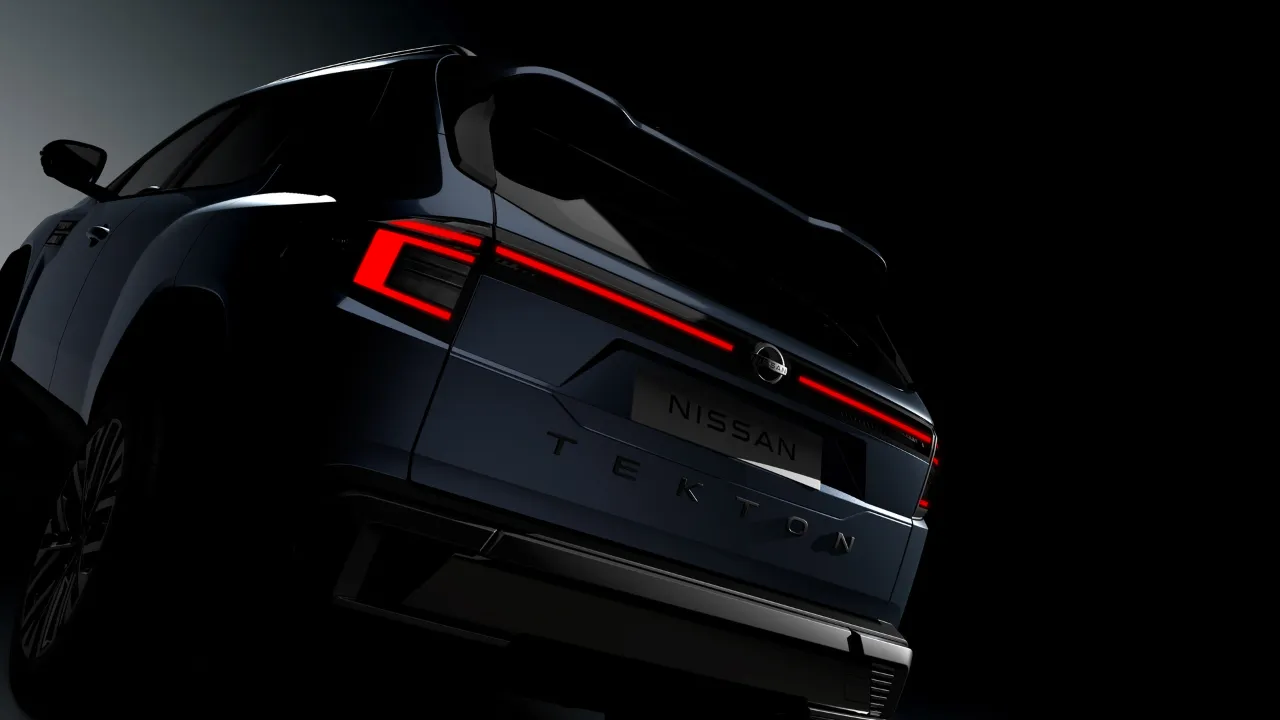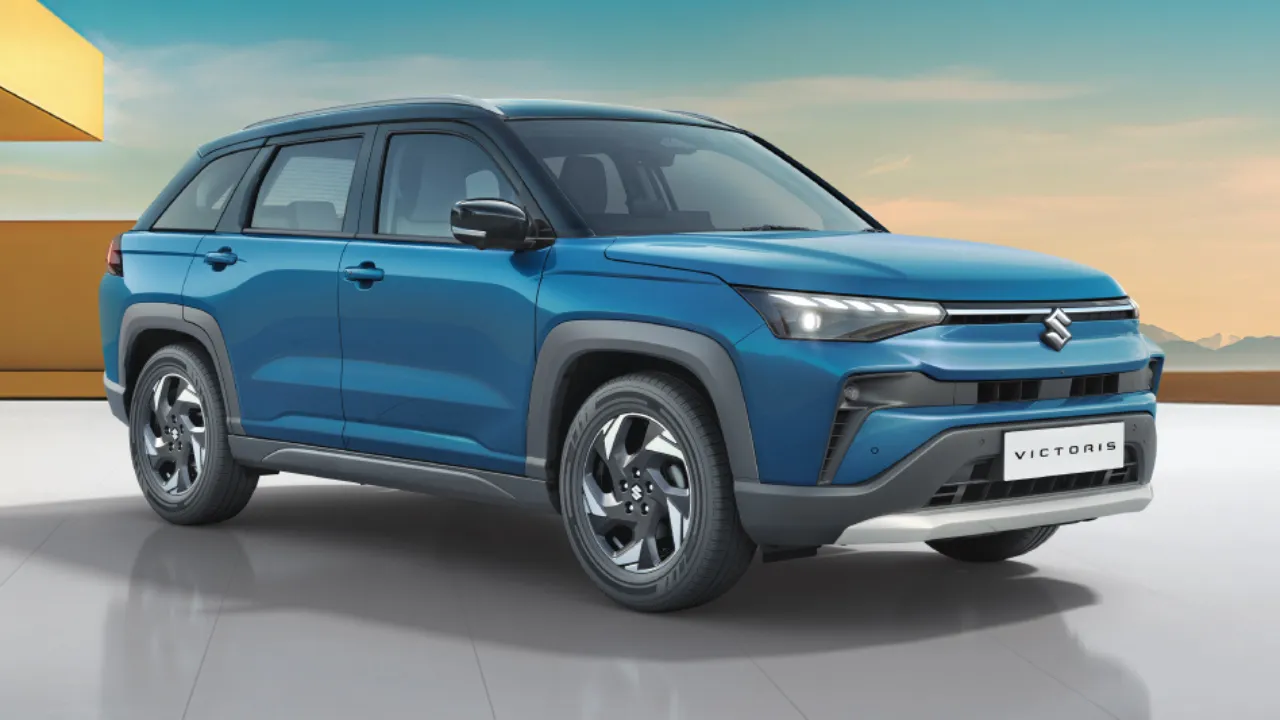Tata Motors Secures Second Rank with Best-Ever Sales in September
In a breakthrough moment for the Indian auto industry, Tata Motors has surged to the second spot in the passenger vehicle market during September 2025, powered by its best-ever monthly sales numbers. This performance underlines the company’s rising strength across internal combustion, CNG, and electric powertrains. In this article, we examine what drove this success, how Tata Motors compares with rivals, and what lies ahead.
September Triumph: Record Sales for Tata Motors
Historic Sales Figures
Tata Motors reported 60,907 passenger vehicle wholesales in September 2025 (domestic wholesales of 59,667 units) — the highest monthly tally in its history. Year-on-year growth is striking: a ~47% jump compared to the same month in 2024, when it sold around 41,313 units. Exports also grew sharply — totaling about 1,240 units in September, up from 250 units last year, a ~396% increase.
Reclaiming Second Place
Using registration data from the Vahan portal, Tata Motors registered 40,594 units in September, pushing past Mahindra (37,015 units) and Hyundai (35,443 units). Thus, Tata leapt from fourth place a year earlier to second in the PV rankings behind Maruti Suzuki.
What Drove the Surge?
GST 2.0 Tax Cuts and Price Benefits
A key catalyst was the implementation of GST 2.0 beginning September 22, which lowered tax rates on many cars. Tata Motors passed the full benefit to customers, slashing prices by up to ₹1.45 lakh across its model range. Price cuts increased affordability, especially in the compact and mid-segment ranges, contributing to the buying rush.
Festive Season Momentum
September coincided with Navratri, traditionally a high-sales period. Dealers cornered massive deliveries: Tata claimed 10,000 deliveries on Day 1 of Navratri itself. Consumer sentiment, fueled by festival discounts and optimism, amplified demand across the board.
Strong Performance in EV, CNG & Core Models
- EV sales: Tata delivered 9,191 electric vehicles in September — a staggering ~96% year-on-year rise.
- CNG models: The company sold around 17,800 units of its iCNG cars, more than doubling from prior period (~105% growth).
- Flagship models:
• Nexon crossed 22,500 units in September, its best monthly showing ever.
• Harrier and Safari also saw record performance uplifts.
These gains show Tata Motors’ balanced strength across multiple segments.
Tata vs Competitors: How the Landscape Shifted
Maruti Holds the Crown
Maruti Suzuki continues to dominate, selling ~1,32,820 domestic units in September 2025 — though overall PV sales slid from the same point a year ago. Exports for Maruti hit a record ~42,204 units.
Mahindra Climbs, Hyundai Slips
Mahindra delivered 56,233 units domestically, registering ~10% YoY growth. This was one of its strongest months. Hyundai, however, despite setting a record SUV contribution (72.4%), couldn’t defend its second spot. It sold 51,547 units in September, growing marginally year-on-year (~0.9%). Hyundai’s Creta alone sold 18,861 units, its highest monthly tally. Tata’s rise reflects a turning of tides: from long-standing dominance by foreign/legacy brands to increasing consumer trust in Indian automakers.
What This Means for Tata Motors
Market Perception and Brand Strength
Recording its best-ever monthly sales and overtaking legacy rivals significantly enhances Tata Motors’ brand equity. The performance showcases its ability to deliver across emerging mobility trends (EV, CNG) while maintaining strong ICE portfolios.
Momentum Could Sustain
With GST benefits now fully active, and the tailwinds of festival demand likely persisting, Tata has a chance to sustain elevated sales. Supply chains, production, and dealer infrastructure will need to keep pace.
Risks and Challenges
- Supply constraints: Ensuring steady inventory and component availability will be crucial.
- Competition retaliation: Rivals may respond with aggressive incentives or model refreshes.
- Global pressures: Tata’s subsidiary Jaguar Land Rover (JLR) is recovering from a recent cyberattack and restarting manufacturing.
Strategic Takeaways
- The ability to pivot across EV, CNG and ICE is clearly paying off.
- Aggressive pricing and full pass-through of tax benefits can reshape market share.
- Focus on model depth and volume drivers (such as Nexon, Harrier, Safari) is validating.
Outlook: What’s Next for Tata Motors?
Quarterly & Yearly Results
Tata’s Q2 FY26 results (which include September) will be closely watched. If momentum holds, the automaker could post healthy quarterly growth across volumes and margins.
New Launches & Upgrades
Upcoming models, EV versions, and facelifts will be key. If Tata sustains product refreshes and introduces compelling new models, it can retain the upward trajectory.
Government Policies & Incentives
Future tax policies, subsidies for EVs, infrastructure growth (charging, CNG stations) and import disincentives will influence Tata’s path. The recent GST 2.0 cut shows how strongly policy can shift market dynamics.
Dealer & After-sales Support
To convert interest into ownership, Tata must ensure strong dealership networks, service reliability, and customer engagement — especially in newer segments like EVs.
Conclusion
September 2025 marks a milestone for Tata Motors — record sales, dominance across powertrains, and reclaiming the second rank in India’s PV market. The confluence of GST reforms, festive demand, and strong performance in EV & CNG segments drove this surge. While challenges remain, the fundamentals are looking strong. If Tata can sustain supply, keep introducing competitive models, and maintain customer trust, this moment could signal a structural shift in India’s automotive landscape.
Also Read: Abhishek Sharma Reveals SKY’s Wild 15-Duck Assurance
